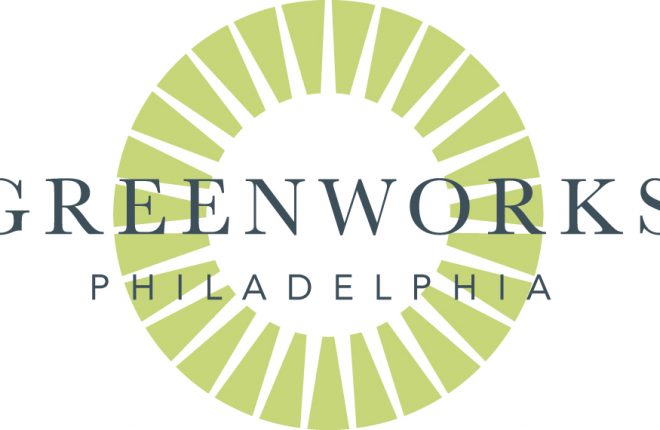Our office is in the final stages of updating Greenworks, Philadelphia’s comprehensive sustainability plan, and we’re excited to share the results with you in the next few weeks. As we prepare for the new Greenworks, we thought now would be a good time to look back at progress made on the last iteration of the plan.
The first version of Greenworks set 14 measurable targets with 2015 goals, but due to delays in data availability, final numbers for many targets were not available when we published the Greenworks 2015 Progress Report in June 2015. More than a year later, we can better understand the progress made on sustainability in Philadelphia over the past eight years. Click here for link to updated data.
The first four targets reflect efforts to transition our city to renewable energy and improve the energy efficiency of Philadelphia’s building stock. While Philadelphia did not meet absolute energy reduction targets for city government operations or citywide energy usage, the generation and purchase of renewable energy increased significantly despite poor market conditions, and thousands of homes and other buildings were retrofitted to improve efficiency. These efforts are reflected in Target 5, where Philadelphia’s contributions to climate change-inducing carbon pollution fell considerably from both 1909 and 2006 baselines.
Philadelphia has made more progress in other parts of the plan thanks to partnerships between the city, corporations, non-profits, and residents. Philadelphia’s Green City, Clean Waters program has exceeded goals for greened acres, greening our neighborhoods while reducing the sewer overflows that pollute our rivers and streams. The citywide waste diversion rate (the amount of waste kept out of the landfill) also continues to exceed targets thanks to continued diligence by residents and businesses and better recycling of construction and demolition debris.
Other targets highlight the challenges of annual tracking. Philadelphia was on pace to exceed our target for air quality before a tightening of federal standards in 2015, requiring us to adjust our previously reported numbers. Measuring the state of our city’s infrastructure and the growth of our clean economy are challenging in the absence of reliable, regularly-available data.
Our office is committed to continuing to report data as we move forward. Next month we’ll launch the Greenworks Dashboard at www.phila.gov/green to highlight these and other metrics as part of the updated Greenworks sustainability framework. Moving data tracking online will allow us to report out more frequently on data while expanding the metrics we publish. We look forward to sharing this new work with you soon!

